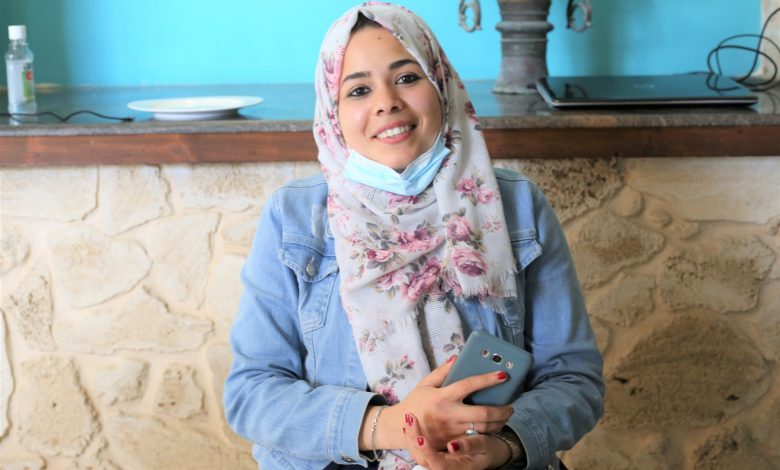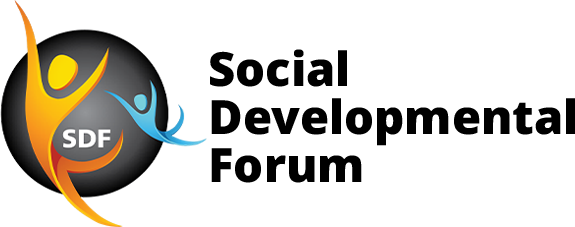“This was the best thing that happened to me in 2020” Basma Experience in Digital Follow-up Sessions

I am Basma Al-Kurd, 22 years old, a graduate of Media and Communication Technology department, and I am here to talk about my experience in the digital advocacy training for the rights of PWDs.
Before getting involved in the digital advocacy training and the following-up sessions, I used to think that good planning and following-up on publishing and writing content in the private sector was limited to media and advocacy campaigns only; this only to achieve a specific trend, then it stops while the publication remains random in the rest of the days and events. But during the training, I learned that it is different and that the rapid digital transformation forces organizations to pay attention to their digital presence throughout the year.
I found that SDF and its programs a vivid and vital model for a civil institution that cares about what it offers to the public in the virtual world in parallel with what it offers it in reality. Accordingly, the following-up began with a critical eye, of some civil institutions in Palestine and the whole Arab and foreign world. I have been watching and checking how posts are written, then I anticipate the tools used in producing content, observe publishing dates, and the relationship of one post to the rest of the page’s publications, including its relationship to the institution’s goals and framework, as well as developments in the sector whose issues it is interested in, and audience interaction. After that I discuss my findings with Wasla staff, to think about how feasible it will be to apply them later on.
In mid-2020, SDF appointed me to create content and manage the page of one of the NGOs working in the disability sector to enhance its digital presence within Wasla project. During the first stage, I learned how to extract simple information and knowledge from research sources – which may be complex for the public – in order to be able to formulate sound, accurate content, and a sequence based on legal knowledge regarding persons with disabilities, to present it in a way that the page audience understands and interacts with, and that’s through the monthly content plans.
As for the second phase of the training and following-up sessions, we started developing our skills in dealing with digital content production tools. How do we use social media platforms according to our goals? I learned how to properly use Content Creator Studio, how to follow up publishing, and measure engagement and impact. I knew more about electronic petition tools, mailing lists and newsletters, and create polls digitally as well. In addition to how to design digital content products, including images, videos, designs and info videos.
In the beginning, I noticed how the audience was surprised by the change of content, as what I published was met with a lack of interaction in exchange for what is published in a traditional way, such as the institution has done such-and-such today, and will do it tomorrow, and we invite you to participate as if the audience realized the entry of a new person to manage the page, but with following-up with the Foundation in everything that is published, and the use of the same methods and tools in all events and activities, in combination with periodic content determinants, the audience adapts and increases their interaction and circulation of the content. This was sufficient reason for further progress and continuity over the course of eight consecutive months.
Finally, I can say that the best thing that happened to me in 2020 was going through this experience, as it was the best investment of my time, not only in terms of skills, but also on the moral level, and the sense of satisfaction that it used to give me as I was contributing even in a small way to advocating for people with disabilities, especially in light of the Covid 19 pandemic.

